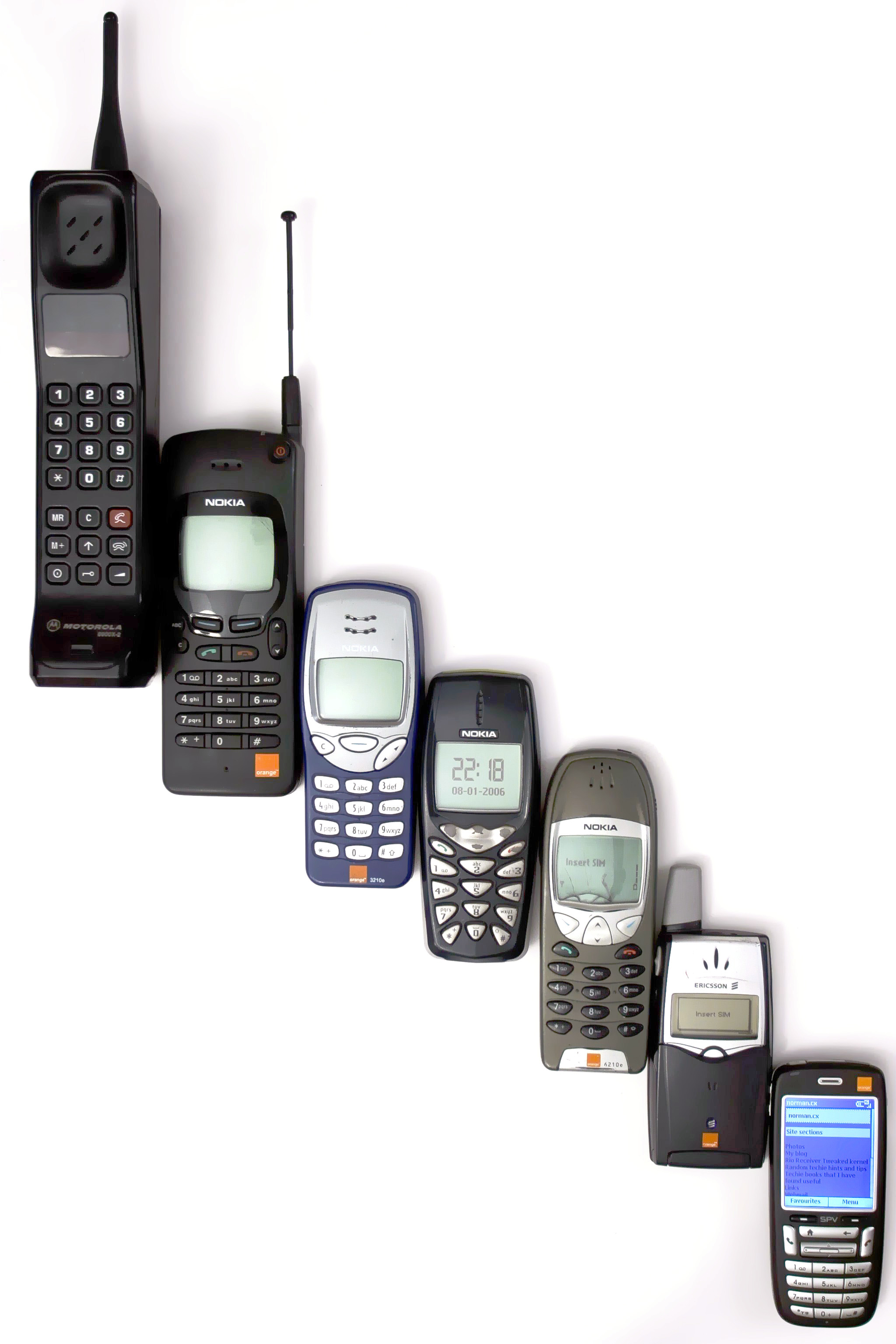 Traffic jams or congestions have been a problem for the past ten or twenty years in most of the major cities of the world. Their negative impact is far beyond being late for a minute or two. These traffic jams mostly happen when a volume of traffic generates a demand for space greater than the available road can take. (Wikipedia). This happens when there is a reduced capacity of a road at a given point or over a certain length of road caused by road constructions, accidents, weather events and many other reasons like increase in population which will create a bigger increase in traffic. (IBM.com). All the cities that suffer from this problem are trying to address it as soon as possible and in this report we will see why and how they are going to address this issue.
Traffic jams or congestions have been a problem for the past ten or twenty years in most of the major cities of the world. Their negative impact is far beyond being late for a minute or two. These traffic jams mostly happen when a volume of traffic generates a demand for space greater than the available road can take. (Wikipedia). This happens when there is a reduced capacity of a road at a given point or over a certain length of road caused by road constructions, accidents, weather events and many other reasons like increase in population which will create a bigger increase in traffic. (IBM.com). All the cities that suffer from this problem are trying to address it as soon as possible and in this report we will see why and how they are going to address this issue. The negative impact of road jams can vary from one city to another and vary by the severity of the traffic jam. The most basic impact is delays, where motorists get to their destinations late for their employment, meetings or education which will cause loss of business, disciplinary action or other personal losses. (Wikipedia). Another impact is wasting of time; motorists and passengers waste most of their time in traffic jams doing nothing or being angry and this time cannot be taken back and has it effects on the economy, (Wikipedia). A third impact is wastage of fuel which increases air pollution and increases fuel demand which increases fuel prices and other products that use fuel whether for production or transportation. (Wikipedia). We can add to those impacts stressed and frustrated motorists, which will encourage road rage and reduce motorists’ health. (Wikipedia). Also we can add to that, emergencies that will be blocked or delayed like an ambulance, a police car or fire department cars. (Wikipedia).
We have seen all these causes and impacts happen here in Abu Dhabi and we have witnessed some work to solve this problem and I will try to write some of the possible solutions that might help with solving this problem. First, we need to categorize the solutions. We can solve the traffic jam problems by modifying road infrastructure, urban planning and designing, increasing or decreasing of supply and demand or traffic management. (Wikipedia). In the infrastructure category, we can reduce the number of junctions that a motorist has to stop at by adding bridges and tunnels or building a road which has a capacity larger than what is demanded and have an empty space on the sides that can be rebuilt as a part of the road in case of an increased demand in the future. (Wikipedia). In the second category, which is urban designing, we can add more parking spots in any area like Khalidya or the Tourist club area so that the cars wouldn’t have to park in the middle of the road. In the supply and demand category, we can redesign the city to be more walk friendly which will increase the demand for walking and decrease the demand for driving. Now we are going to talk about traffic management, I have seen on T.V how traffic management works and it is very efficient as an immediate solution for the motorist to avoid traffic jams. It needs to be linked to a central information system in the traffic department, which collects instant data from the roads. It will help the department to detect traffic jams before they happen and they can direct drivers through many ways like radio, road signs, or phones. (Wikipedia). There is also tolling and pricing; governments can prevent people from going in a road without a reason just by making them pay a fee for entering the road. (FHWA).
All in all, traffic jams and traffic management is a very huge topic that we can write books about and it is so broad that it includes city designing, engineering and many other major subjects but this is a small report which I hope will be helpful to understand the problem.
"Traffic Congestion." Wikipedia, the Free Encyclopedia. Web. 25 May 2011. <http://en.wikipedia.org/wiki/Traffic_congestion>.
"Focus on Congestion Relief." Home | Federal Highway Administration. Web. 26 May 2011. <http://www.fhwa.dot.gov/congestion/>.
"IBM Traffic Congestion - Ideas - United States." IBM - United States. Web. 26 May 2011. <http://www.ibm.com/smarterplanet/us/en/traffic_congestion/ideas/index.html?ca=v_traffic>.




